7 August, 2018 By: Cristy Burne
The Internet of Things is a growing global phenomenon. Now, thanks to the efforts of a volunteer group of enthusiasts, Perth’s own home-grown Internet of Things is open for business.
Whatever efficiency you can think of, the Internet of Things (IoT) could make it possible.
Your keys could warn you when they might be lost. Your car could alert you to newly available parking spots. Your stereo could select music to suit your stress levels. Your fridge might remind you to grab milk just as you drive past the deli.
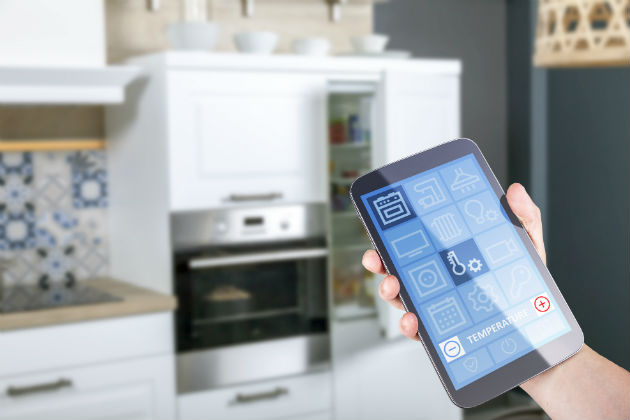
If this sounds overwhelming, you’re not alone. However IoT is seen as an inevitable part of modern life and a the Perth Internet of Things Communications Network or PloTCN is looking to work out and trial how that might happen.
The efforts of ordinary people
Back in 2016, enterprise architect and father of three Tom Zorde launched a volunteer meet-up of IoT fans.
“I wanted to show my kids that you don’t need to be a politician or a billionaire entrepreneur to do something,” says Zorde.
“If you’re really passionate about something, and you inspire people to come together, you can attract everything you need.”
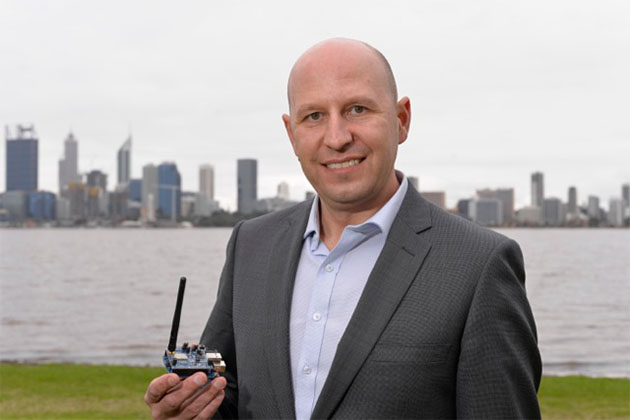
That first night, 50 volunteers gathered who all had one thing in common: an interest in the possibilities of IoT.
“Rather than sit round and wait for large telecom providers to roll out an IoT network for Perth, we thought we could build our own,” says Zorde.
“We had no money, no business premises, no time, and no real skills in building a telecom network.”
Equipment was donated, time was volunteered, and just five months later, Perth’s free and shared IoT network was born.
“It spreads right across the city and beyond,” says Zorde.
Were his kids impressed? He says the jury’s still out.
Long-range, low-power, low-cost
The backbone of Perth’s IoT communication network (PIoTCN) is a series of base stations installed across the city.
Each base station wirelessly sends and receives data from sensors in connected things: your fridge, sprinkler or rubbish bin, for example.
The base stations also connect to the internet, so your data can be whizzed around the world at your convenience.
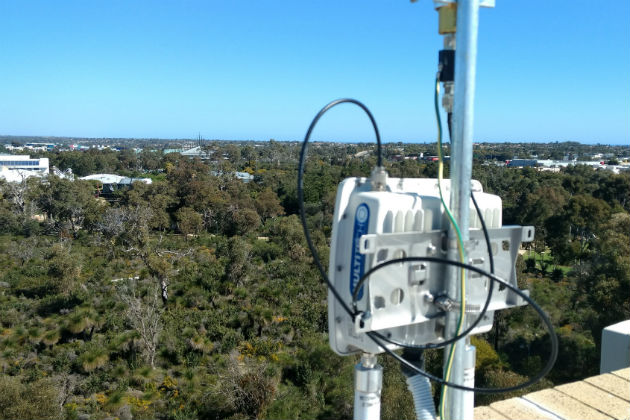
“Once it’s in the cloud, you can do all sorts of things, put it on a smart phone, or analyse it, or plan for the future,” says Zorde.
The network works using long-range, low-power wireless transmissions, called LoRa (pronounced Laura). LoRa relies on radio line-of-sight to transmit data.
“We’ve been able to track it from Joondalup to Perth City,” says Zorde.
And the low-power bit is accurate: the batteries in connected things can last eight to ten years. LoRa is also very low speed, so it’s useless for downloading movies, but perfect for sending packets of sensor data.
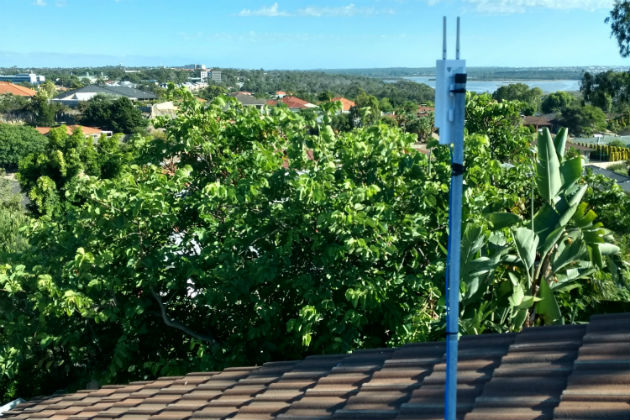
The best part is that using the IoT network is free.
Your fridge doesn’t need its own SIM card. Your garage door doesn’t need a data plan. All you need are sensors and a sense of adventure. Everything from tools to pill dispensers to power generators can be fitted with sensors and joined to the network.
“People can now build things or connect things for free,” says Zorde. “You can start experimenting at low cost.”
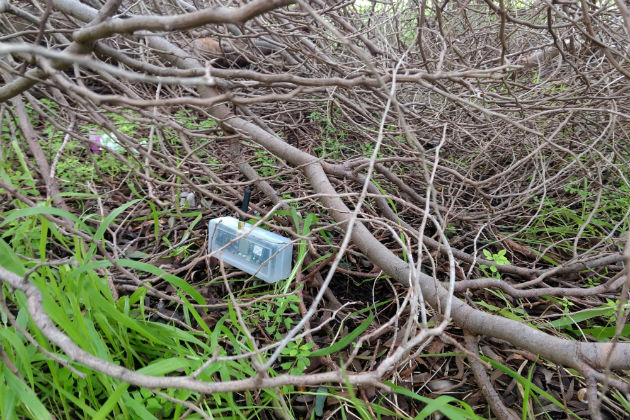
Enjoying this article?
Sign up to our monthly enews
Towards Smart Cities
The PIoTCN community is now working with the City of Perth to develop ideas for a citizen-driven Smart City initiative
“IoT could see everything from park benches to rubbish bins to light poles, being able to communicate with their owners about what state they’re in, what’s happening around them, and what they might need,” says Zorde.
The PloTCN see a world where sprinklers that only turn on when the soil is sufficiently dry, public rubbish bins that let drivers know when they’re full and traffic lights responding to road conditions in real time. And IoT can also work with moving parts.
“For instance, you could lock all your bins at a certain time, or close boom gates, or open valves if something is flooding,” says Zorde.
With enough data, we could even develop Perth’s digital twin city, an online model that can simulate changes, to test them before rolling them out in real life.
Want more parking bays? Plan to increase housing density? IoT data could be used to predict the outcome of planning decisions.

“With those sorts of capabilities, people can have awareness of everything around them, as well as the foresight to identify potential events and intervene before they happen,” says Zorde.
“People with the Internet of Things could be a whole lot more efficient and effective.”
There are hurdles with security and data privacy, but Zorde and his network of colleagues looks to the good of the technology, rather than the negatives.
“So long as you’re creating more than you’re consuming, then you can do good.”
Get involved
Since 2016, PIoTCN numbers have swollen to 1500.
“We get people from all different backgrounds with all different motivations, social, environmental or economic,” says Zorde.
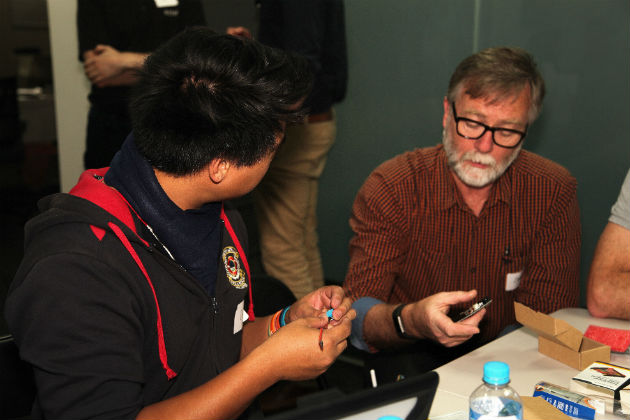
The group is part of The Things Network, an IoT community of 20,000 people across nearly 90 countries.
“We’re a community in the true sense of the word. People learning from each other and sharing openly,” says Zorde.
Events are free and revolve around helping people get hands-on exposure to IoT technology and applications.
“It’s important for us to become aware of what we can do with IoT, to future-proof ourselves to ride the wave as it comes,” says Zorde.
“What’s really rewarding is watching people understand the technology and then actually applying it for good outcomes.
“Whether you’re a company or a business or an individual, if you want to learn, if you want to be involved, come and meet the rest of us, and someone will help you.
“Technology is just another tool. If we can understand what technology can do for us, we can start innovating, making things a whole lot more efficient, which creates new jobs and a new skilled workforce, which we need for the future.”
Photos supplied to RAC by Clayton Jauncey and Tom Zorde
Enjoy this story? Get more of the same delivered to your inbox. Sign up to For the Better eNews.
